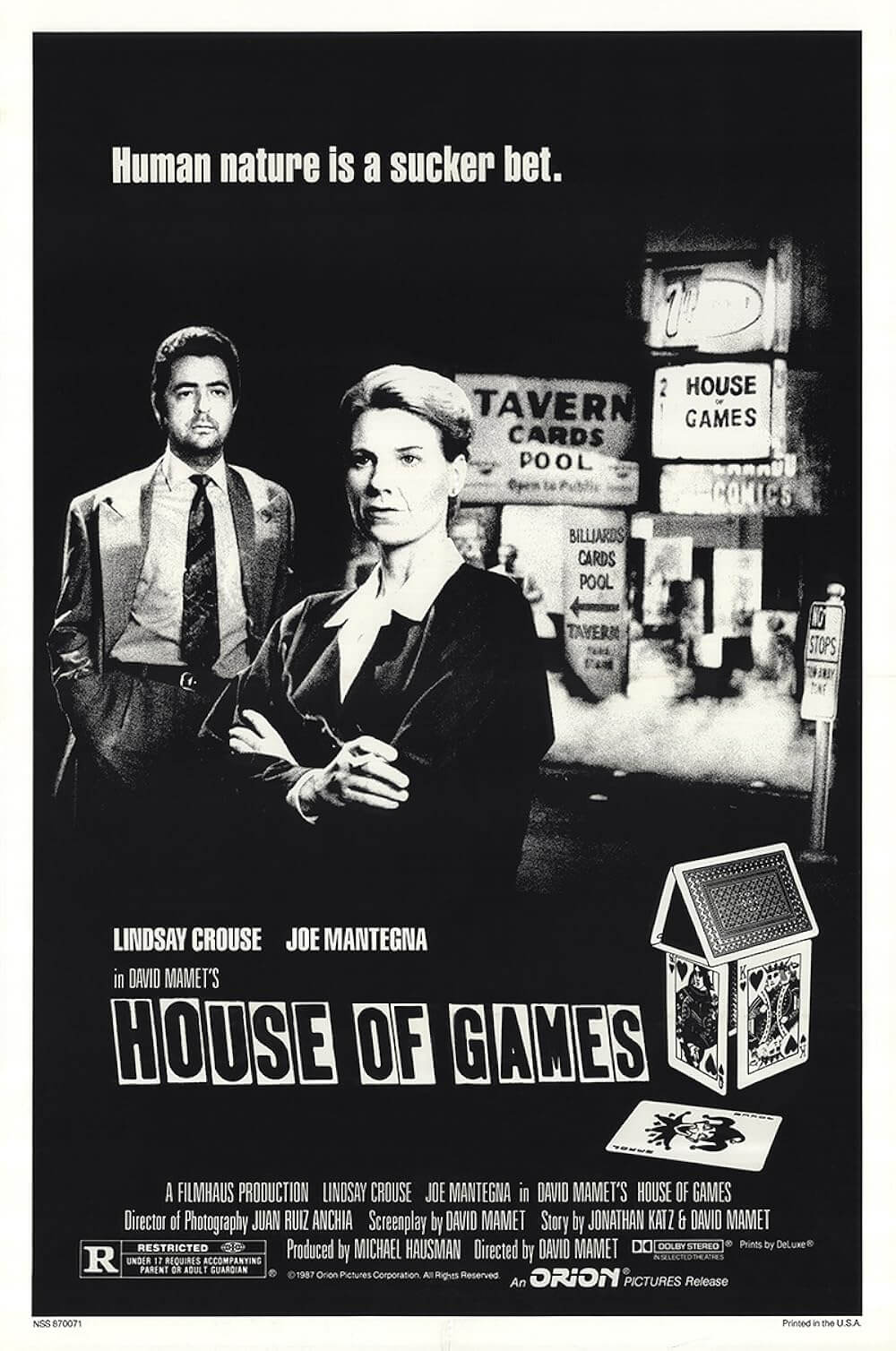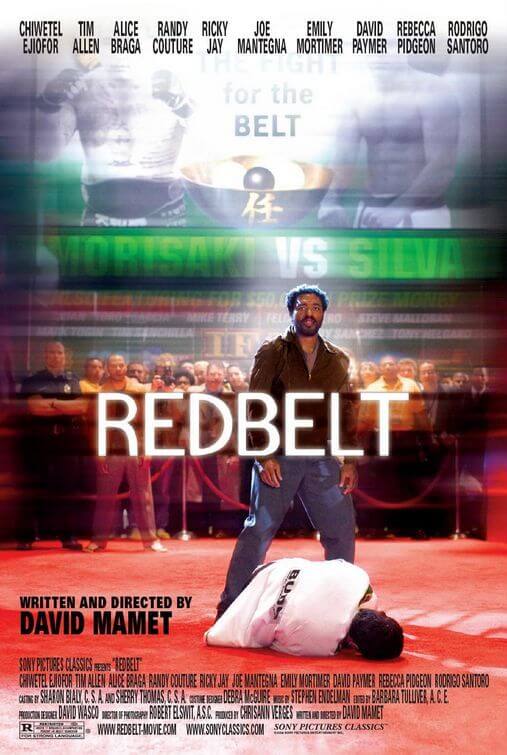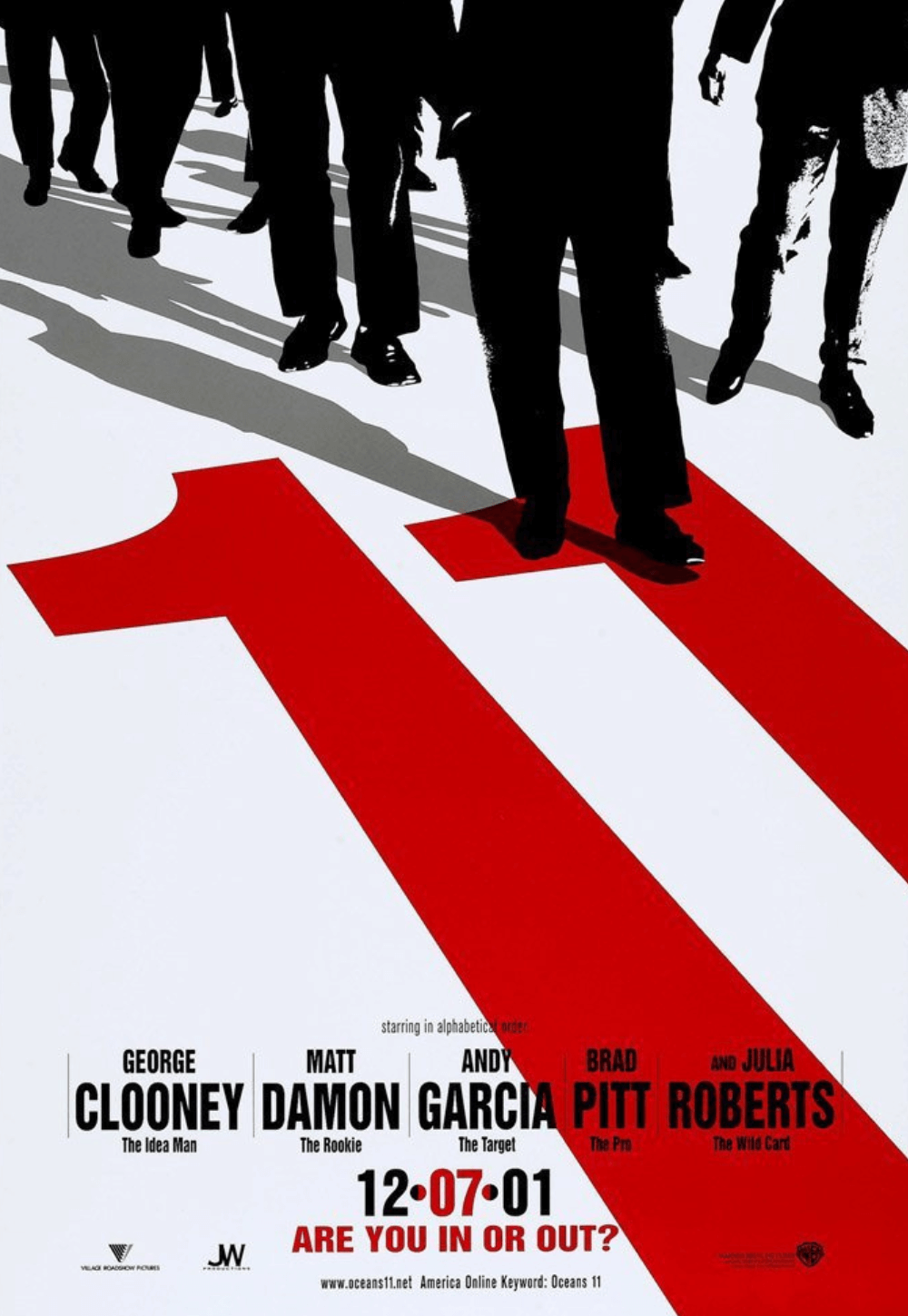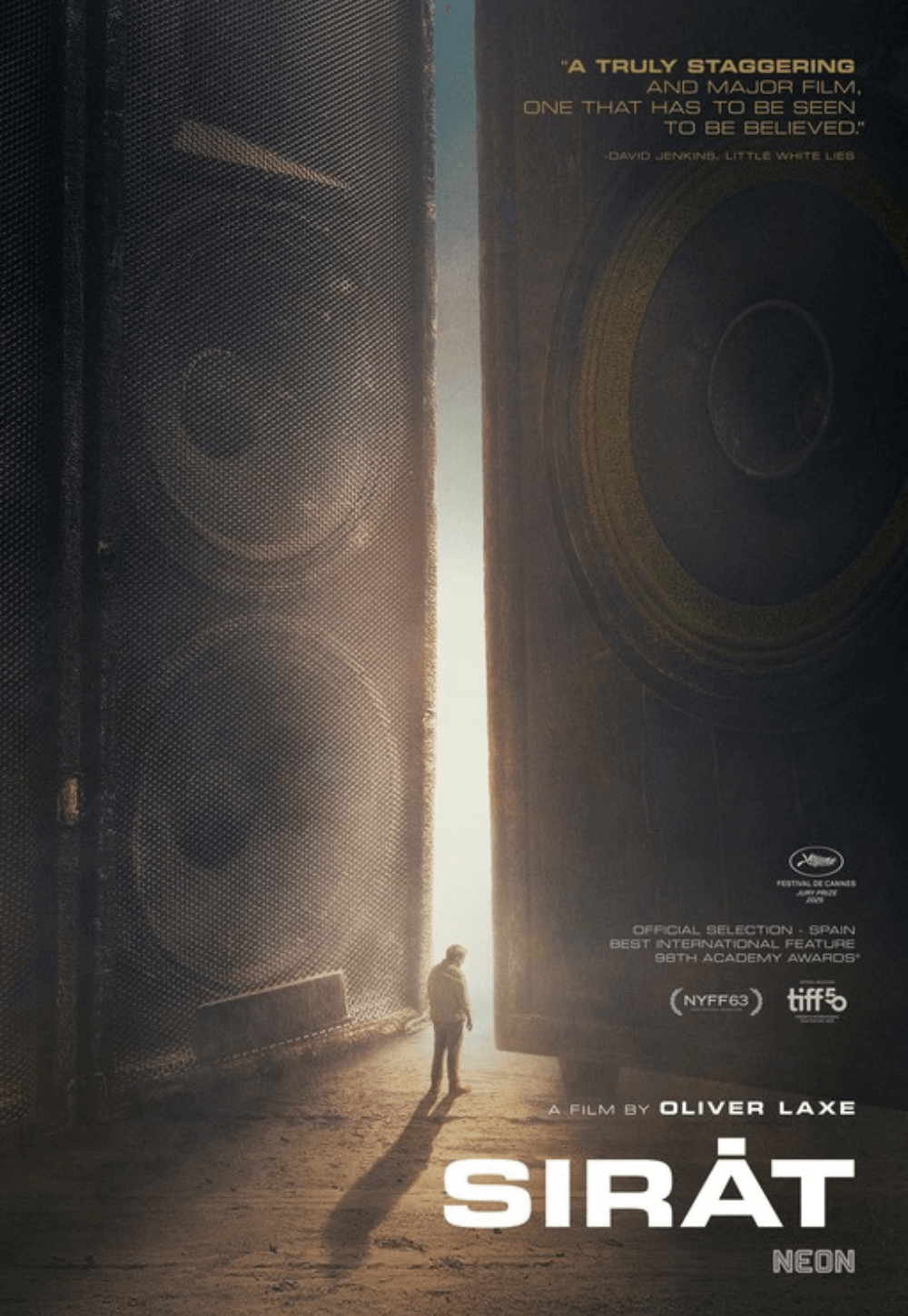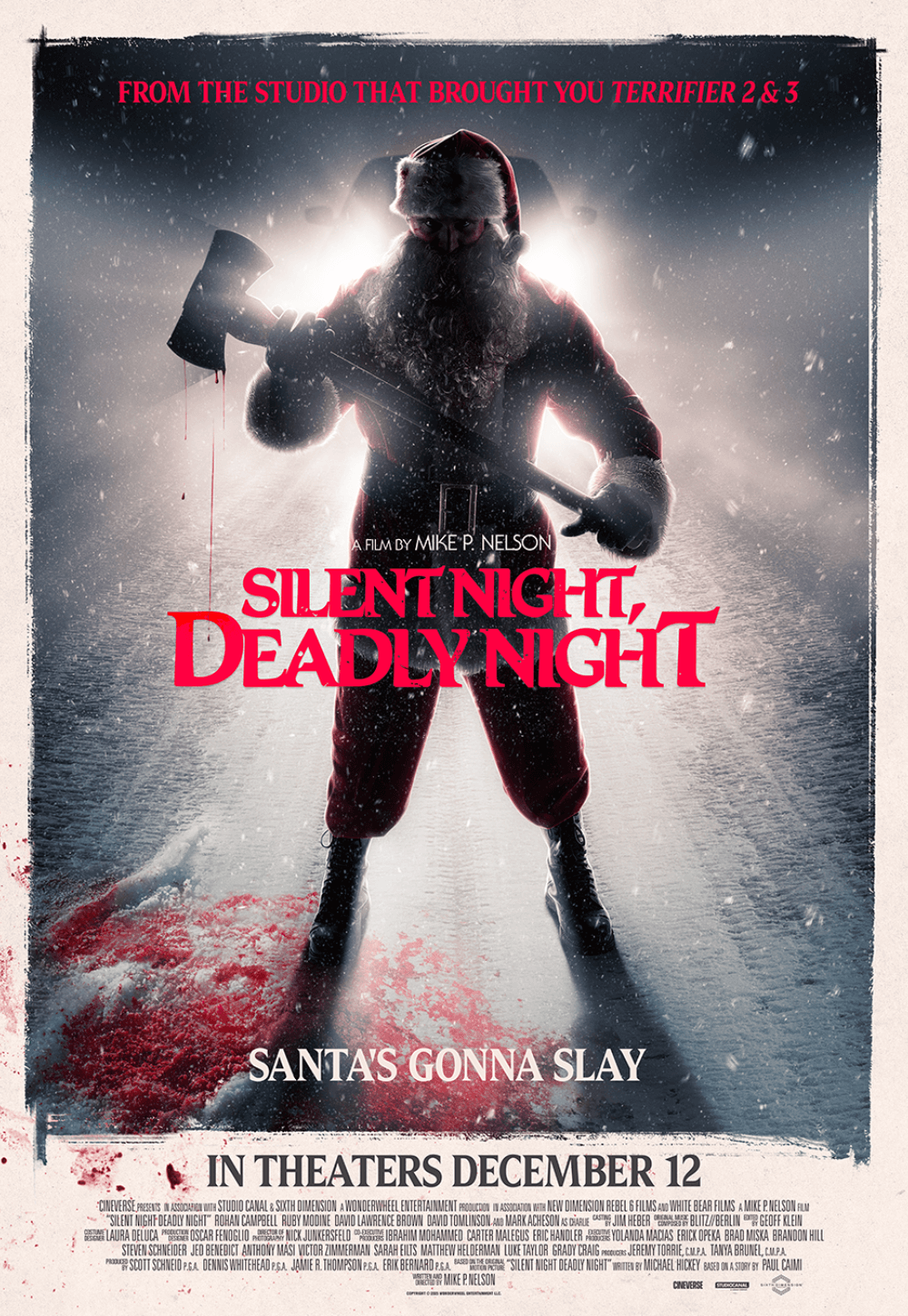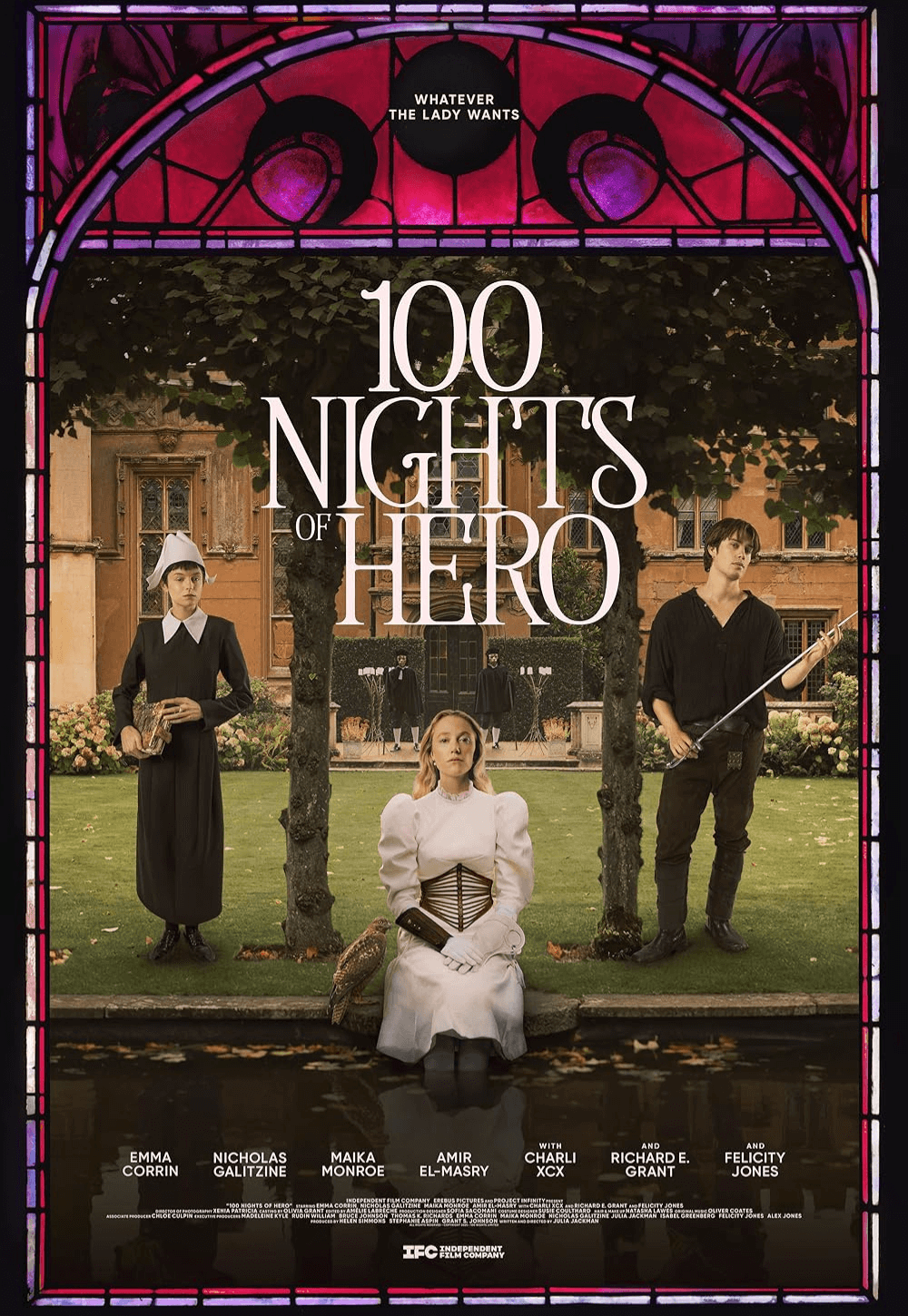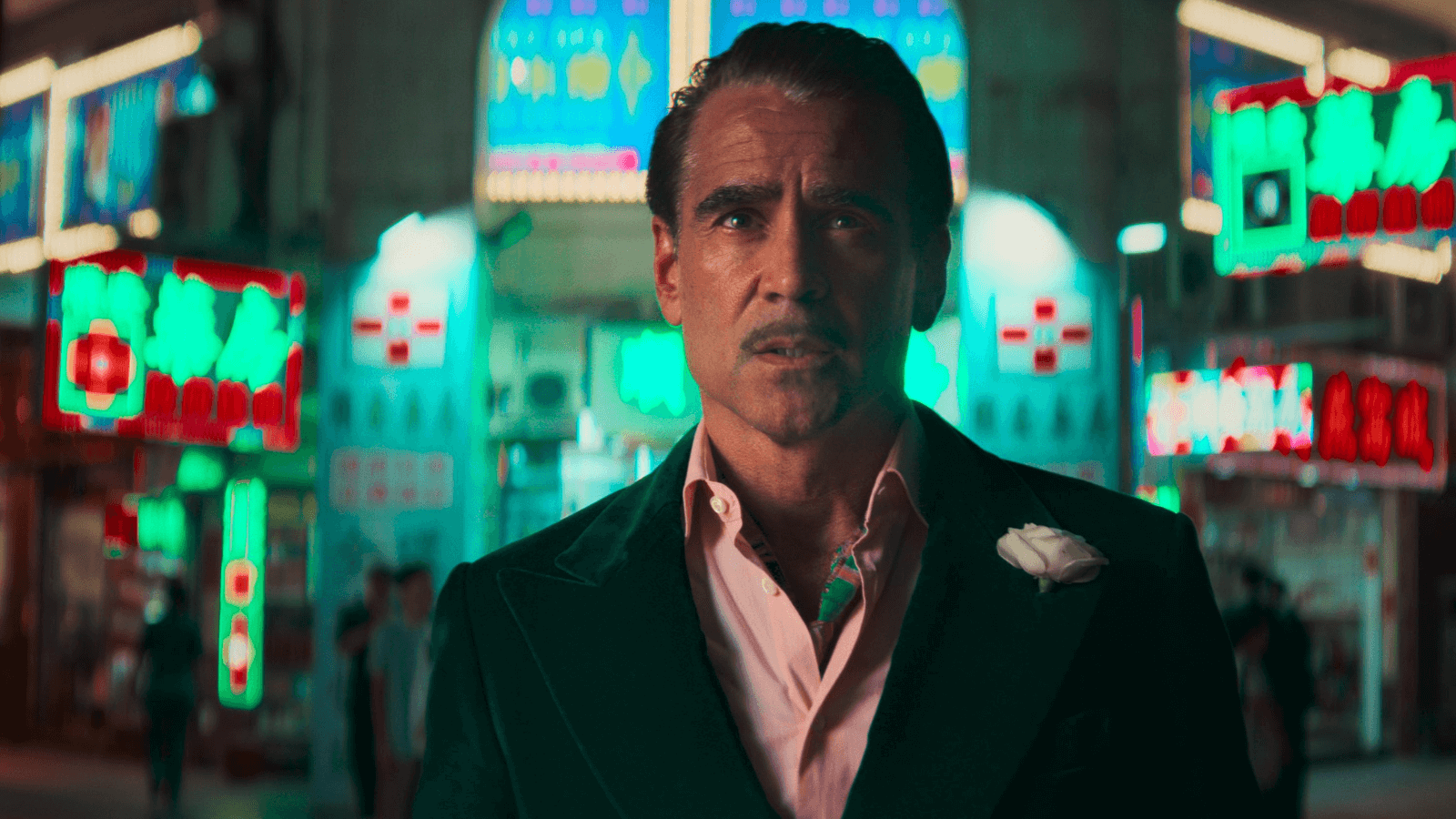
Ballad of a Small Player
By Brian Eggert |
Ballad of a Small Player offers much by way of visual style, stunning locations, and showy performances, but it’s all bombast in service of a story that doesn’t justify this treatment. Based on Lawrence Osborne’s widely praised 2014 book, the adaptation is credited to screenwriter Rowan Joffe (28 Weeks Later, 2007) and directed by Edward Berger. After his last two major awards contenders with Conclave (2024) and All Quiet on the Western Front (2022), both good-but-overhyped features bogged down by the filmmaker’s self-conscious and self-important technique, Berger stuffs his latest feature with disorienting angles and eye-popping images, captured on location in Macau, to distract from the rather flimsy character study at the center. Although it boasts an admirably unhinged performance by Colin Farrell, who spends most of the film’s 101-minute runtime in a sweaty, nervous breakdown, this Netflix release never convinces us to care about the main character or the stakes.
Farrell plays Lord Doyle, a shady con artist and gambling addict who has disappeared to Macau, where he hides from the consequences of his past criminal misdeeds. He presents himself as a high roller, wearing brightly colored velvet suits, silk ascots, and a thin mustache that makes him look like a sleazeball. When he plays baccarat, his game of choice (perhaps because it’s James Bond’s preferred game, and he’s living out a fantasy), he wears posh yellow leather gloves he claims are from Savile Row—a curious affectation that reveals almost nothing about the character other than his duplicity. It’s more telling that the locals call him a gwai lo, a Cantonese term meaning “foreigner” and “ghost man.” Indeed, Doyle feels plagued by an almost supernatural need to gamble, drink champagne, and eat too much room service. When he looks in the mirror, he sees a gaping-mouthed specter, a thin symbol for the bottomless abyss inside him. The locals see it too, and it frightens them.
Berger matches Doyle’s heightened mannerisms and intensity with cinematographer James Friend’s arch angles from high and low perspectives, discombobulating wide-angle lenses, and a generally maximalist visual approach. Volker Bertelmann’s blustering score emphasizes the high personal stakes for Doyle, even as the camerawork highlights the rather seedy world the character inhabits. His hotel room appears littered with days’ worth of leftover room service carts and dozens of empty champagne bottles. Out of money, Doyle scrambles to find a few bills to continue gambling, even as the hotel’s management gives him a short deadline to settle his staggering $350,000 bill. A private investigator, Cynthia (Tilda Swinton), also pursues him, hoping to collect the near-million pounds he conned out of an older lady in London.
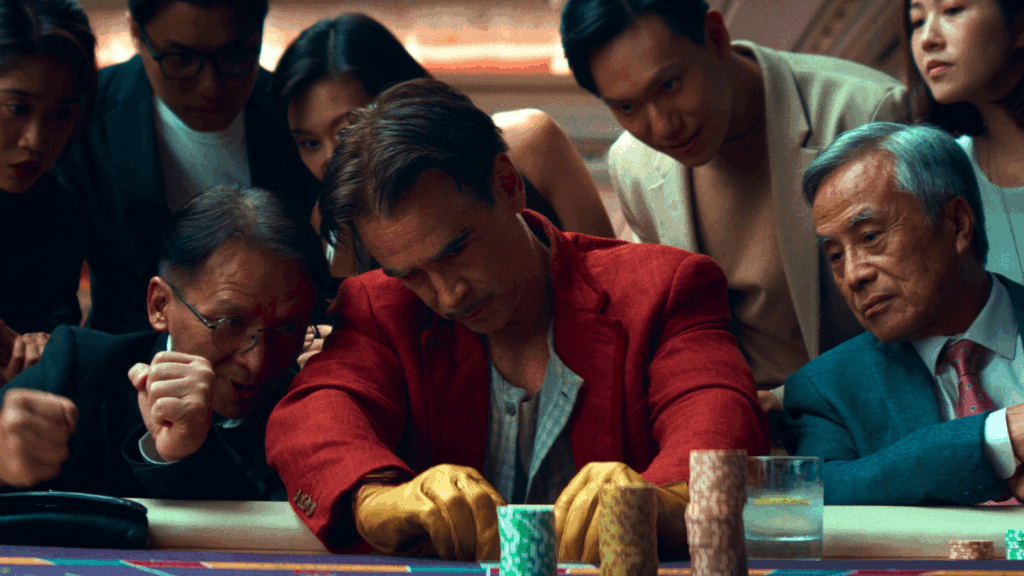
“What I need is one big win,” says Doyle. Perhaps a mysterious and sympathetic loan shark, Dao Ming (Fala Chen), can help. Dao Ming ignores the warnings of Grandma (Deanie Ip), a ruthless high roller who never loses, who tells her that Doyle is trouble. Instead, she takes pity on the huckster, despite his repetitive cycle of dine-and-dashes, lost hands, broken promises, and anxiety attacks. She becomes that stereotypical East-Asian trope whose sole purpose in the narrative resides in helping a Westerner achieve an existential breakthrough. Not even Dao Ming’s tragic backstory makes her reasons for seeing the goodness in Doyle convincing. The plot-device character ultimately leads to a late-movie reveal that’s head-scratching in its lack of dramatic oomph, even as it presents a redemption for Doyle.
Berger has directed Ballad of a Small Player seemingly with the ambition of making a Wes Anderson film on cocaine. Take Swinton’s character, whose pink-rimmed glasses and curly red hair, courtesy of costume designer Lisy Christl, make her look like several characters she’s played in Anderson films. Farrell, too, oddly resembles Benicio del Toro’s character from Anderson’s The Phoenician Scheme, released earlier this year. Along with the mannerist camera movements and Jonathan Houlding’s rich production design, the presentation feels at once controlled by Berger’s usual approach and unbridled by Farrell’s performance. Berger’s formal intentionality doesn’t quite match Doyle’s recklessness, suggesting that the madcap aesthetic of someone like Terry Gilliam might’ve been a better alignment of director and material.
Aspects of Ballad of a Small Player warrant comparison to Jean-Pierre Melville’s Bob le lambeur (1956); both involve a gambler’s luck miraculously turning around after a devastating losing streak. Doyle goes from a “lost soul” whose “childish pride” has made him almost irredeemable to a monklike figure of inner peace. Farrell’s portrait of Doyle’s compulsion and self-destructive behavior is something to behold, but his character’s change goes from one extreme to the other and never gives us ample reason to believe in him. And while Farrell’s performance demands appreciation for his strung-out presence and twitchy commitment to his character’s lowest lows—for which the actor no doubt drew on his struggles with substance abuse and addiction—Berger’s distracting aesthetics pull focus away from the story, leaving the viewer with a sense that the film is just as empty as Doyle.
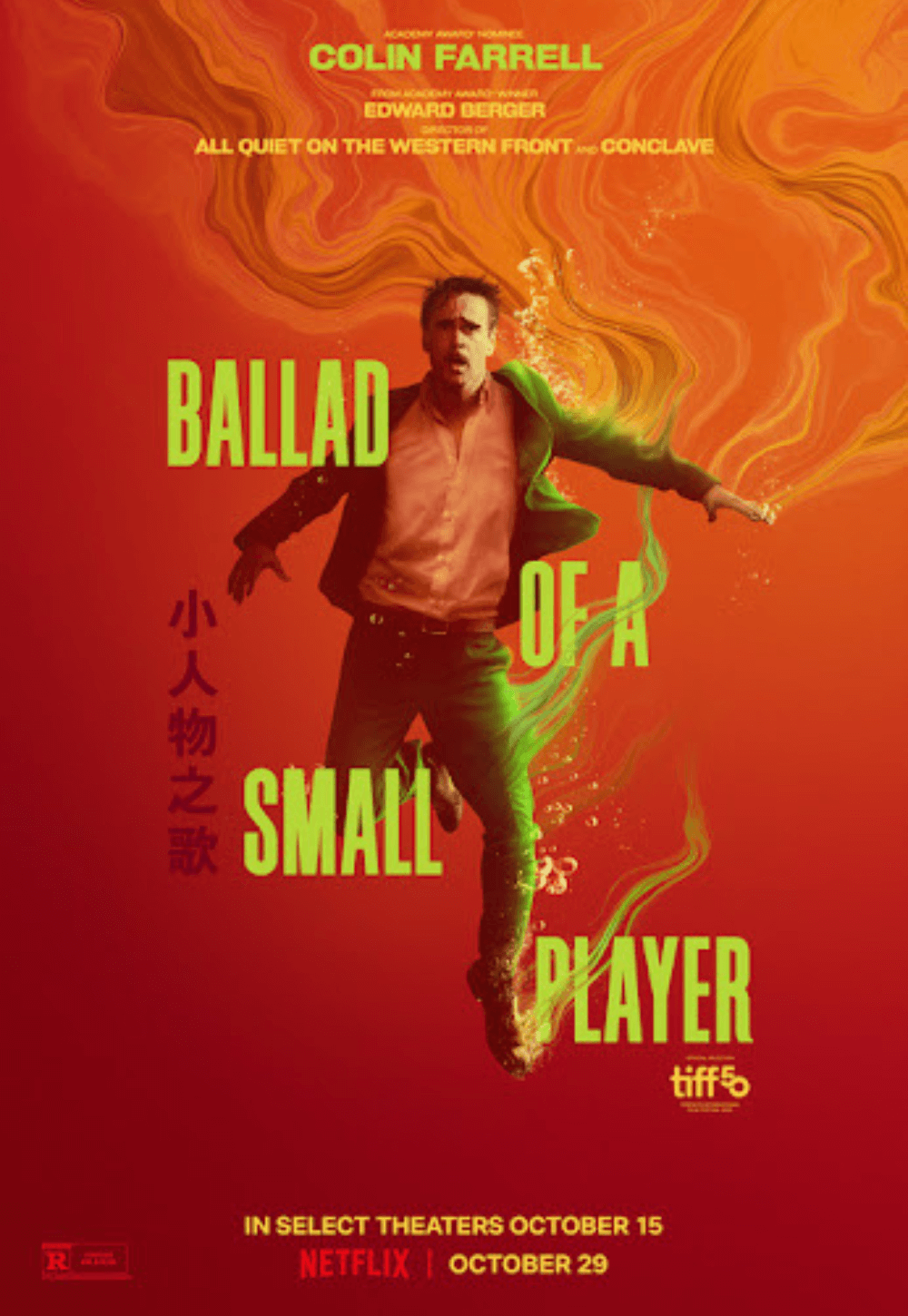
Thank You for Supporting Independent Film Criticism
Thank you for visiting Deep Focus Review. If the work on DFR has added something meaningful to your movie watching—whether it’s context, insight, or an introduction to a new movie—please consider supporting it. Your contribution helps keep this site running independently.
There are many ways to help: a one-time donation, joining DFR’s Patreon for access to exclusive writing, or showing your support in other ways. However you choose to support the site, please know that it’s appreciated.
Thank you for reading, and for making this work possible.
Brian Eggert | Critic, Founder
Deep Focus Review


